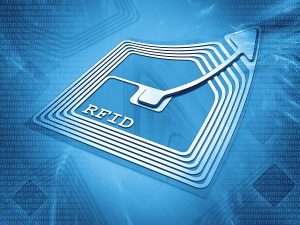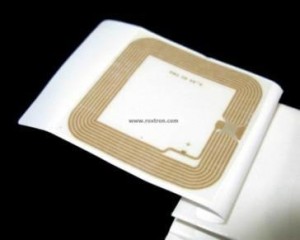Problems of RFID tags in Library application
Even though library may also use RFID technology to boost work quality and efficiency, as well as the specific requirements of the library through this field, RFID technology still has some problems to be solved.
RFID technical standards are not uniform.
Currently, RFID industry standards and related product standards usually are not uniform. Electronic label so far, has not yet formally formed a unified (including each frequency band) International standards. Currently, you will find three global RFID standard camp: Europe and the United States EPC standards, Japan’s UID standard and also the international organization for standardization ISO/IEC standard. Their very own series of standards aren’t mutually compatible, the inter library loan, to be able to manufacturers of RFID product , inter library system upgrading has hampered. This not just boosts the user’s purchase, operation and maintenance costs, but additionally affects the wide range of RFID applications within the library.
RFID application standards aren’t uniform.
The prospective positioning technology of RFID on physical objects linked, its foothold is based on the identification of human items, the approval support may be the establishment of knowledge model, pertains to the electronic tag data is written the definition, format and items in the machine parameters, the attached identifier, data precautionary features etc.. At the moment, the library RFID tag data format have established yourself in line with the specific situation of technical requirements of numerous manufacturers and units, and also the deficiency of authority and uniqueness in the united kingdom, it is not easy to attain interlibrary book flow.
Although led through the National Library and Shenzhen Library in the “Library of RFID application data model standard” in December 25, 2009 by the Secretary of state for culture project, from the City University Hong Kong library, Tsinghua University library and Shanghai Jiao Tong University Library in March 2010 jointly established the University Library “ultra high frequency rf identification technology application” (UHF RFID) working group did lots of operate in the appropriate aspects, nevertheless the relevant research answers are not up to the nation’s standard level, the short term is hard to achieve unified application standard.
The label cost and sturdiness issues.
Currently, the traditional life of RFID tags generally in 10 ~ fifteen years. The life of general merchandise for circulation is enough, but the books far cannot meet their demands, and each tag cost about 1 dollars, far greater than the traditional barcode costs (.1 yuan). However some manufacturers RFID product duration of about fifty years, nevertheless its higher prices, not applicable to large-scale promotion of the industry of books. Moreover, since the manufacturers aren’t works with the standard, the price of its supporting equipment has become high, virtually restricting the promotion of RFID technology.
The system integration application question.
Presently, the majority of the domestic library library management mode is employed for magnetic stripe bar code “Tibet to borrow among the equipment investment along with the existing technology in the short term is hard to be completely replaced. As well, RFID system and also the original system inside the communication protocol, interface standards and other aspects are not the same, need to be integrated to be put into use, which alone depend upon the technical strength in the library is hard to realize.Presently, software vendors and RFID hardware vendors are away from touch, if you find no mature platform and technology, it is hard to complete the combination present in systems,
one of which is the outcome of RFID technology in neuro-scientific Library Promotion factors.
Comprehensive: RFID technology placed on the library has several incomparable advantages compared to the barcode period. The application of RFID is able to reduce working serious amounts of labor intensity, raise the library inventory, classification, management ability, convenient user self-service, enhancing the reader satisfaction. The creation of RFID library, is not just the roll-out of technology, more valuable will be the organization of library management reform and repair transformation due to the transition could be reduced to the circulation work of the resource allocation and related resources while helping the information service.
With the rapid development of rfid technology, these problems are slowly being solved. There are already many libraries that use rfid technology for book management, and they have achieved good results. Now a lot of the rfid tag and rfid cards is used in our lives. The full application of rfid tags and label on the libraries will be fast.





